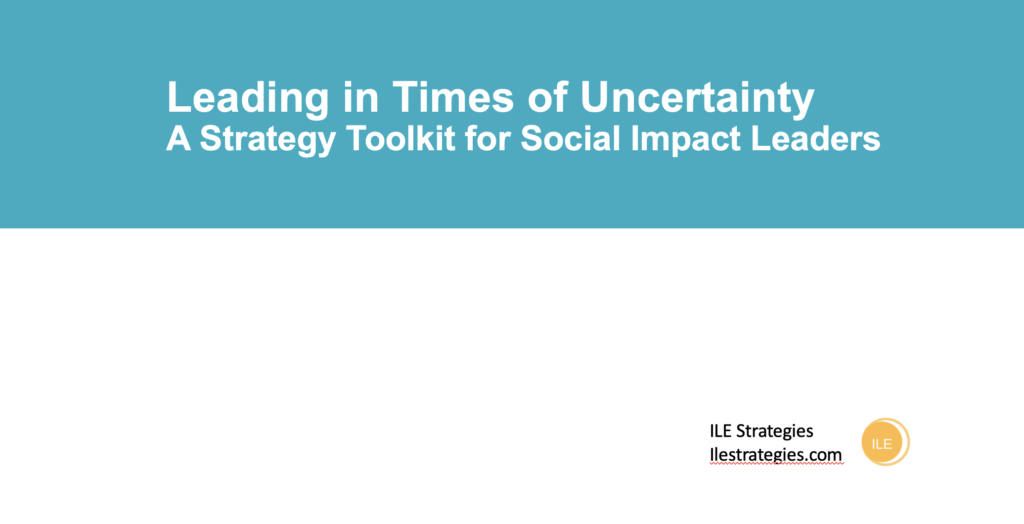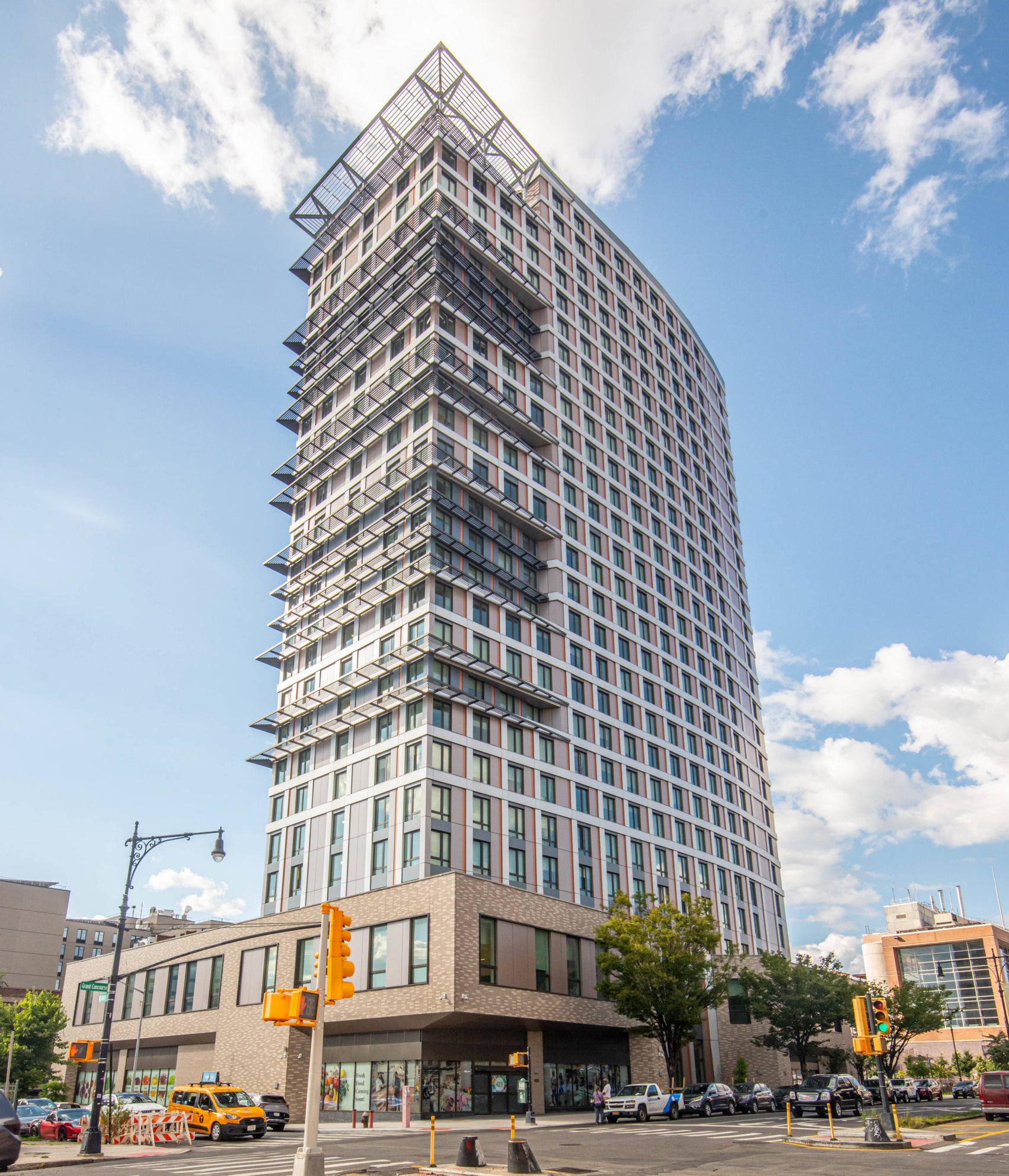
Photo: 425 Grand Concourse, an award-winning PHIUS Passive House certified development, co-developed by MBD Community Housing Corp. Photo Courtesy of MBD. Photographer: Onaje Scott, Nashish Photography.
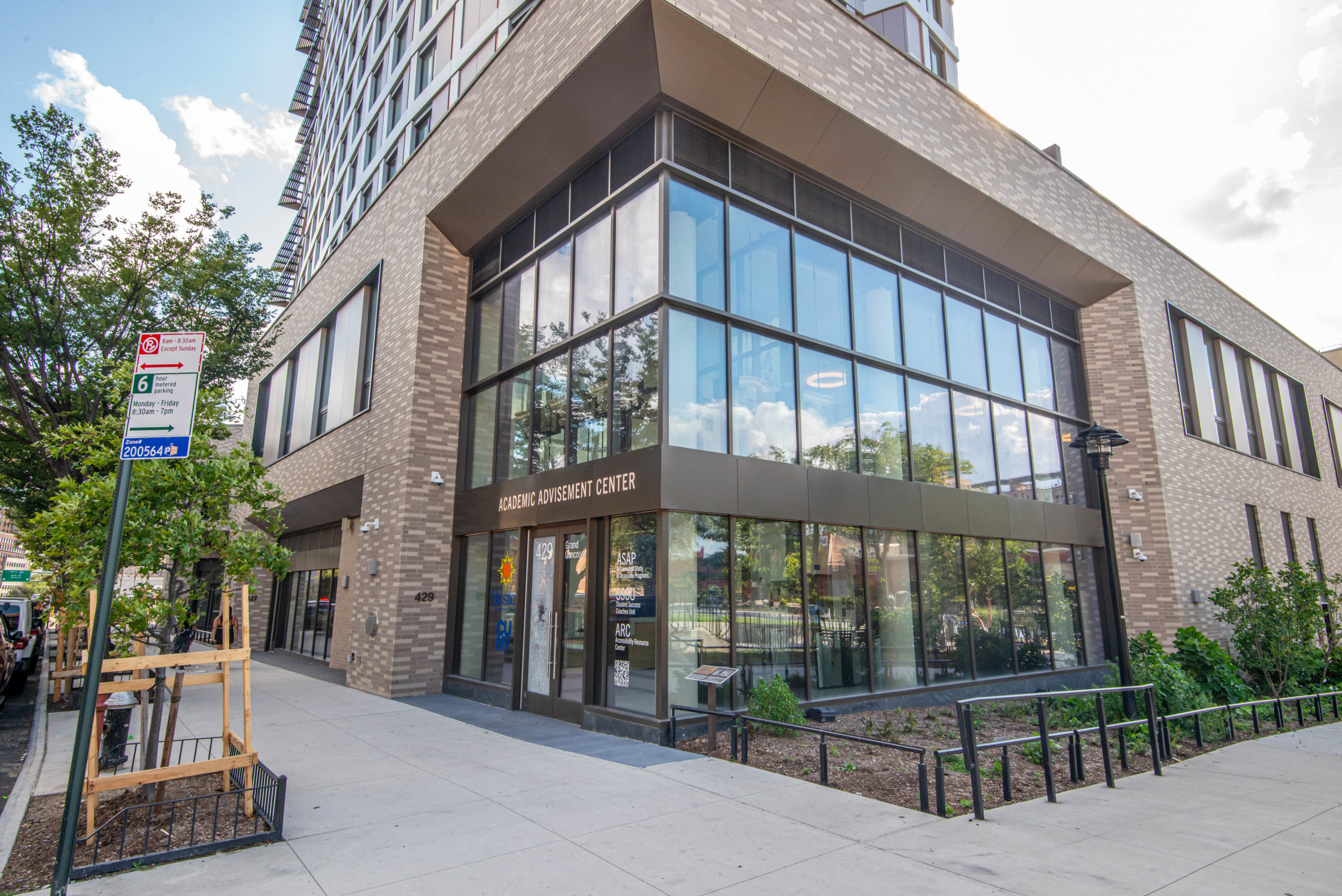
Photo: Entrance to Hostos, CUNY Academic Advising Center at 425 Grand Concourse. Photo Courtesy of MBD Community Housing Corp. Photography by Onaje Scott, Nashish Photography
For Climate Week 2023, ILE Strategies is celebrating MBD Community Housing Corp*. for their pioneering work in the development of 425 Grand Concourse in the Crotona Park section of Bronx, NY. The development is the largest certified Passive House (PHIUS) development in North America to date.
We recently had an opportunity to speak with the organization’s visionary leader, Derrick Lovett, President and CEO of MBD, about the nuts and bolts of pulling a project like this together.
“425 Grand Concourse is an example of what’s possible when we work across sectors and put our heads together to come up with solutions to housing, economic, and environmental challenges,” says Lovett. “In the face of terrible air quality, the nation’s highest rates of asthma among children, and disproportionate homelessness, this project is a model for addressing many concerns at once.”
Completed in 2022, the development is a unique partnership between nonprofit, public, private, education, and medical partners. The site boasts 277 units of affordable housing, a much-needed medical center, and an educational facility for CUNY Hostos students.
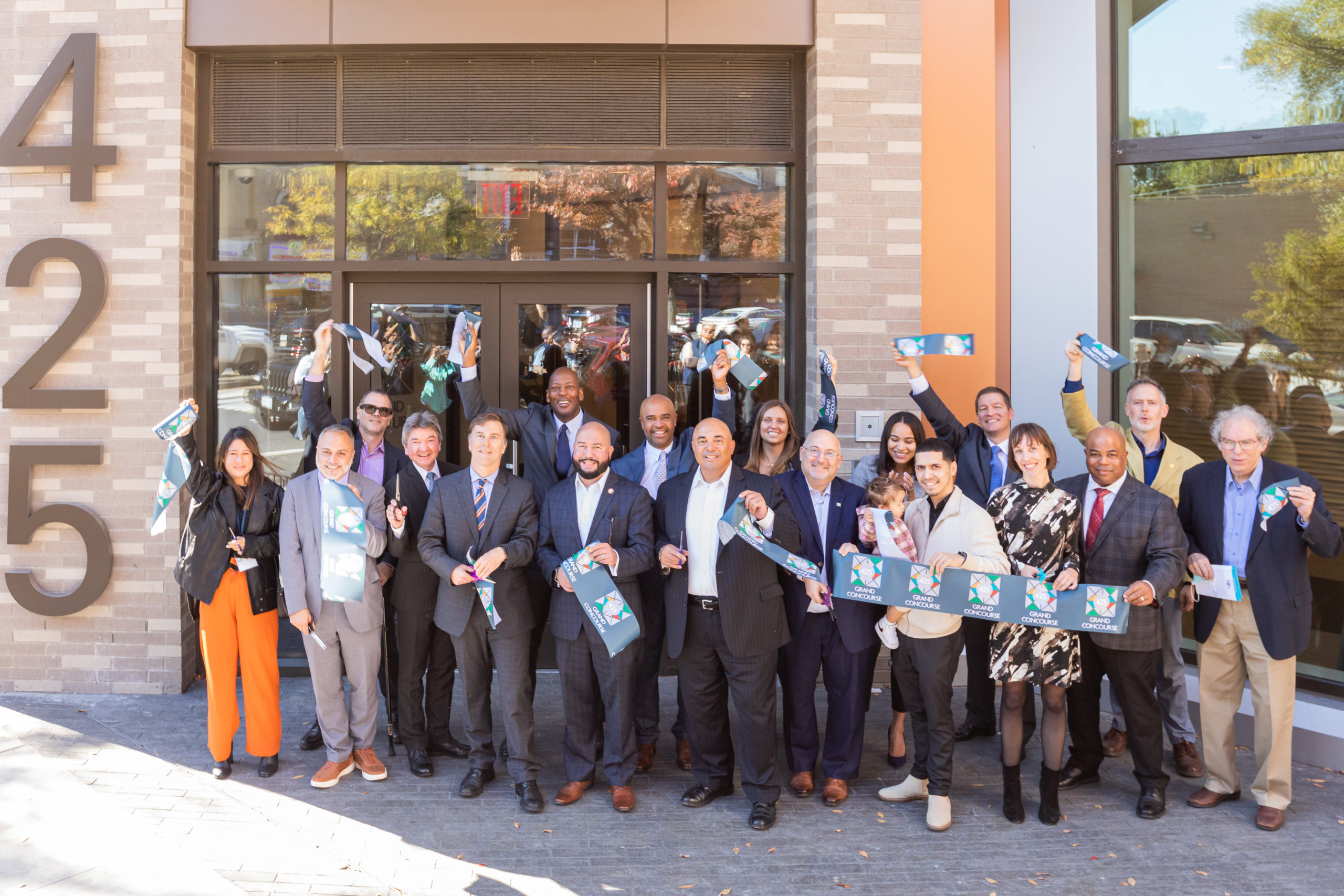
Photo: November 2022 – Derrick Lovett, CEO of MBD (front, middle) with partners and community members at Ribbon cutting ceremony for 425 Grand Concourse. Photo courtesy of NYC Housing Preservation and Development.
Designed by Dattner Architects, the 26-story building consumes 70% less energy than conventional housing of its size, reducing carbon emissions in an area plagued with one of the highest levels of childhood asthma rates in the United States. Completed in 2022, project partners for this $178.5 million development include Trinity Financial (co-developer), NYC Housing Development Corporation, and Citibank.
Since its inception nearly 50 years ago, MBD has always been on the cutting edge. Responding to the failures of early federal policy to address blight in urban areas, community activists, naming themselves Mid-Bronx Desperadoes took matters into their own hands and developed a demolished city block in their neighborhood and transformed it into a haven of tree lined streets, with affordable single family homes.

Photo: Aerial view of Charlotte Street, after revitalization by MBD Community Housing Corp, this project is one of the first activist-led, single family affordable homeownership development in NYC. Many of the original families are still in their homes and courtesy of NYPL.

Photo: President Jimmy Carter visits the ruins of Charlotte Street Bronx NY in 1977. MBD Community Housing Corp (also known as Mid-Bronx Desperados) redeveloped this site, pioneering community-led development as a response to failed federal policy. Photo courtesy of Library of Congress.

Photo: Charlotte Street, and many areas like it stood, blighted, gutted and neglected for decades prior to the emergence of groups like MBD. The organization continues to take on the toughest challenges in addressing quality of life, housing, the social needs of seniors and climate change mitigation and adaptation.
From there MBD developed several more affordable housing housing sites, renovating blighted buildings, developing the neighborhood’s first major shopping center and catalyzing other economic activity across the Bronx.
Although MBD and their development partners have received well-deserved recognition for 425 Grand Concourse, the organization, approaching its 50th anniversary next year, does not have any plans to stop there.
“We have several renovation projects in the pipeline,” says Lovett, “with an eye on upgrading building systems and using every measure available to reduce the carbon footprint, improve building performance, which in turn results in enhancing the quality of life for our residents and the local community.”
*Disclosure: We have a professional relationship with MBD Community Housing Corp as our client.
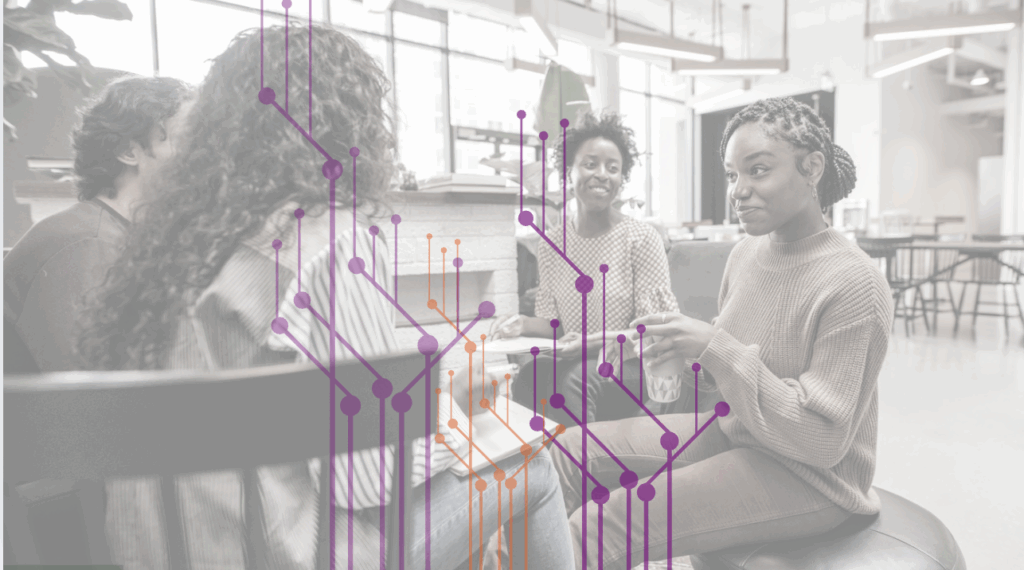












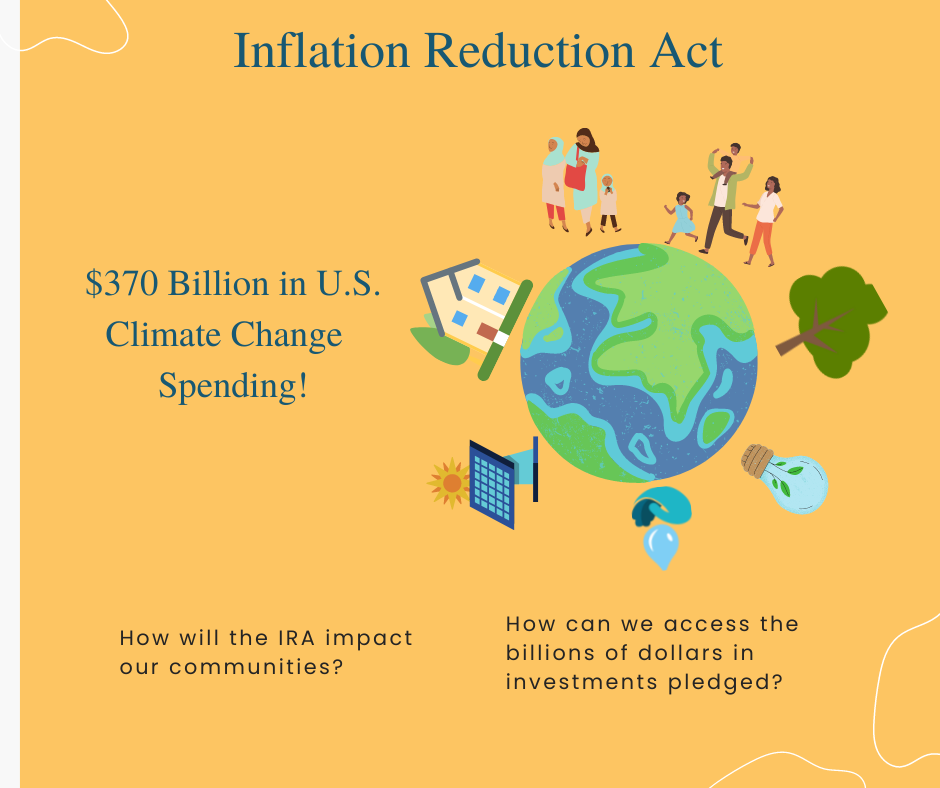
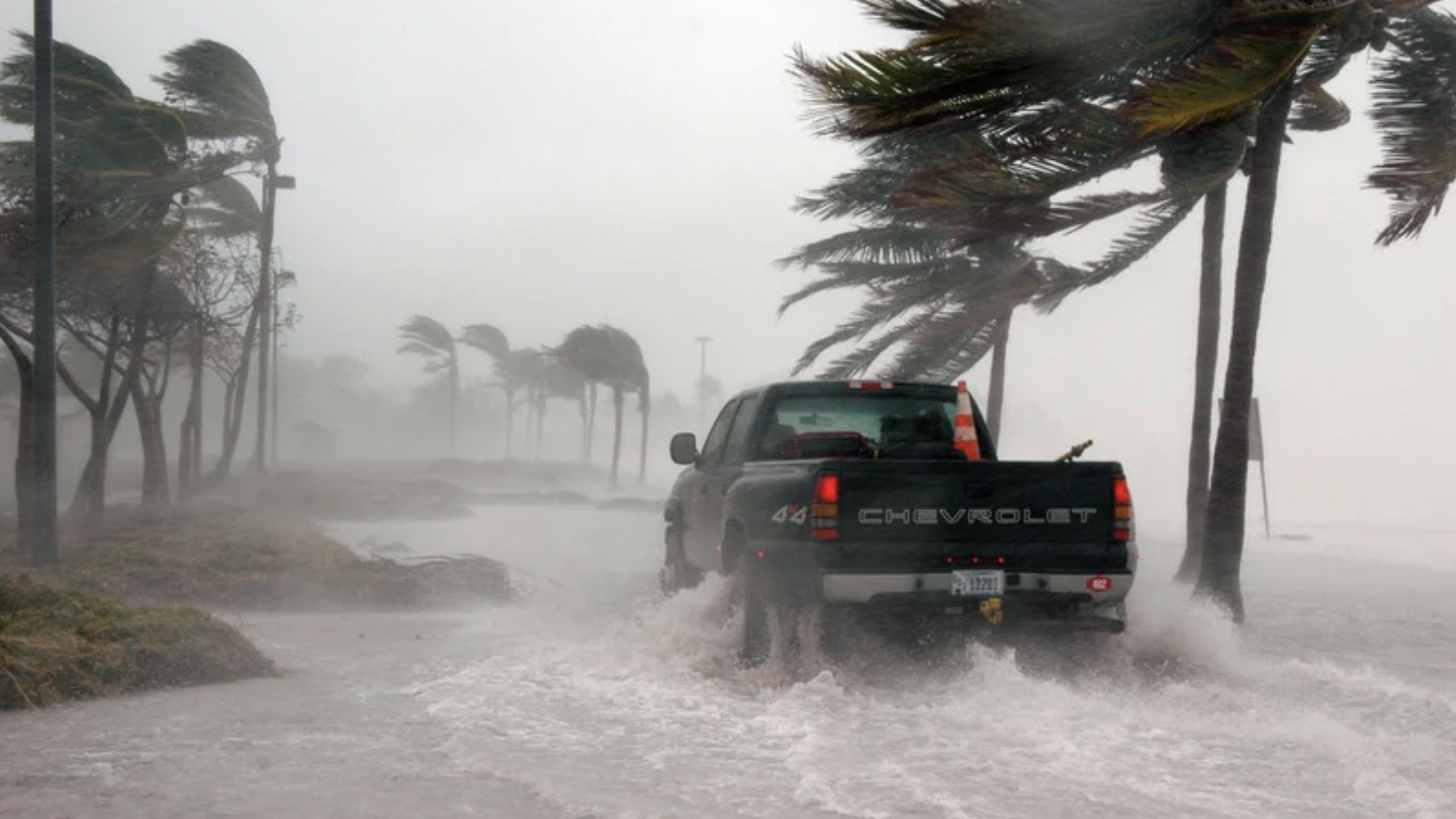 Image: Wildfires, dangerous floods and extreme heat. The impact of climate change has been felt across the globe.
Image: Wildfires, dangerous floods and extreme heat. The impact of climate change has been felt across the globe. 